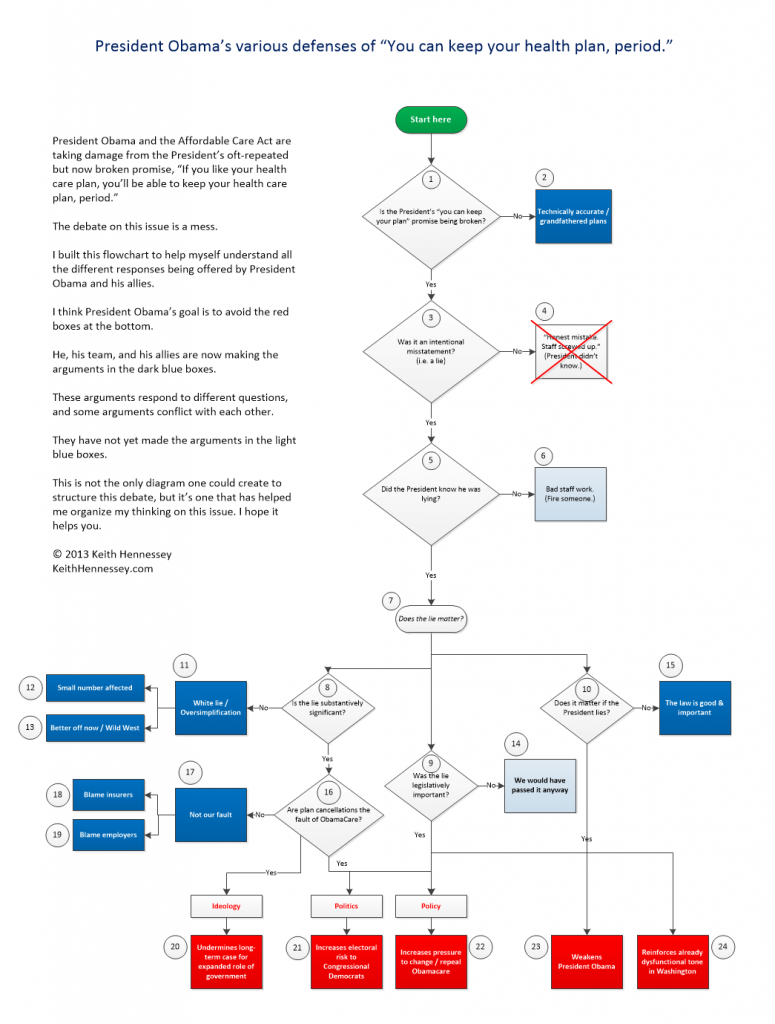A columnist for the Asia Times, who has called himself Spengler, has for years written insightful articles about world events. His latest column is no exception.
He considers Iran’s obsession with Israel and the Jews.
Iran’s motive for proposing to annihilate the Jewish State is the same as Hitler’s, and the world’s indifference to the prospect of another Holocaust is no different today than it was in 1938. It is the dead’s envy for the living.
Dying civilizations are the most dangerous, and Iran is dying. Its total fertility rate probably stands at just 1.6 children per female, the same level as Western Europe, a catastrophic decline from 7 children per female in the early 1980s. Iran’s present youth bulge will turn into an elderly dependent problem worse than Europe’s in the next generation and the country will collapse. That is why war is likely, if not entirely inevitable.
There is good evidence that the people of Iran have no enthusiasm for the regime and some of this concerns religion. There is also the matter of fertility and Iranian women have been voting with their uterus.
“Iran’s low fertility rate has produced a rapidly aging population, according to a new U.N. report. The rate has declined from 2.2 births per woman in 2000 to 1.6 in 2012. This has pushed the median age of Iranians to 27.1 years in 2010, up from 20.8 years in 2000. The median age could reach 40 years by 2030, according to the U.N. Population Division. An elderly and dependent population may heavily tax Iran’s public health infrastructure and social security network.”
In 2005 and 2006, I was the first Western analyst to draw strategic conclusions from this trend, the steepest decline in fertility in the history of the world. Iran must break out and establish a Shiite zone of power, or it will break down.
Further evidence is the precipitous fall in religious observance.
In recent years Iran has spent millions of dollars building new mosques and refurbishing old ones, but attendance has declined sharply. Leading religious leaders are now suggesting that they should show feature films in order to attract more people to prayers.
In the other hand religious authorities of Iran have acknowledged that the young generation is becoming more and more interesting in Christianity. They also announced that the Bible have penetrated into the most of the Iranian houses.
Here is a prior Spengler column on the topic.
Iran resembles the Soviet Union just before the collapse of communism. It turned out that there were no communists in Russia outside the upper echelons of the party. There are very few Muslims in Iran outside of the predatory mullahcracy. According to Zohreh Soleimani of the BBC, Iran has the lowest mosque attendance of any Muslim country; only 2% of adults attend Friday services, a gauge of disaffection comparable to church attendance in Western Europe. Iran’s fertility rate of about 1.6 children per women, coincidentally, is about the same as Western Europe’s. Iran has a huge contingent of young people, but they have ceased to have children. They have faith neither in the national religion nor in the future of their nation.
What drives Obama’s desire to placate America’s enemies ?
He deeply identifies with the fragile, unraveling cultures of the Third World against the depredations of the globalizing Metropole. So, I suspect, does his mentor and chief advisor, the Iranian-born Valerie Jarrett, and most of his inner circle. This goes beyond the famous declaration of Jimmy Carter’s advisor Hamilton Jordan—“the Palestinians are the n****ers of the Middle East”—and Carter’s own mainline-Protestant reverence for the “holy men” of Iran’s 1979 Iranian revolution. It goes beyond the post-colonial theory of liberal academia. For Obama, it is a matter of personal experience. His father and stepfather were Third World Muslims, his mother was an anthropologist who dedicated her life to protecting the traditional culture of Indonesia against the scourge of globalization, and four years of his childhood were spent at an Indonesian school. The same point has been made by Dinesh d’Souza, among others.
He does not identify with America and its history.
Obama’s commitment to rapprochement with Iran arises from deep personal identification with the supposed victims of imperialism. That is incongruous, to be sure. Persia spent most of its history as one of the nastier imperial powers, and its present rulers are no less ambitious in their pursuit of a pocket empire in the Shi’ite world. The roots of his policy transcend rationality. Israel can present all the evidence in the world of Iran’s plans to build nuclear weapons and delivery systems, and the Iranians can cut the Geneva accord into confetti. Obama will remain unmoved. His heart, like his late mother’s, beats for the putatively oppressed peoples of the so-called Third World.
We have never had a president like this. Many of us sensed this in 2008 as this unvetted and mysterious candidate was pushed by the news media and the white guilt of American elites. It will not end well. Perhaps the coming catastrophe of health care collapse will get the attention of American voters, if nothing else will. I hope it does not take the form of a nuclear device going off in New York harbor or a suicidal war with Israel. How this came to be will be a topic for history books, assuming history will still be written 50 years from now.




